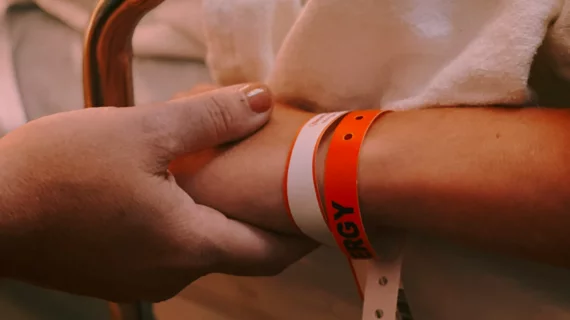SIR releases new guidance on the use of interventional radiology in pediatric trauma care
On Monday, April 15, the Society of Interventional Radiology (SIR) released new position statements related to the role of image-guided endovascular interventions in cases of pediatric trauma.
Children who have sustained trauma do not require surgical interventions as often as adults. Interventional procedures play an integral role in managing traumatic pediatric injuries nonoperatively, though specific guidelines for the use of endovascular interventions in this setting have not been fully defined prior to these latest recommendations, the statement notes.
“Interventional radiology plays an important role that is continually expanding as new technology develops,” Aparna Annam, DO, FSIR, director of pediatric interventional radiology at Children's Hospital Colorado and the statement’s principal author, said. “This new position statement will help trauma teams understand the appropriate role of endovascular interventions in treating children during an emergency.”
In total, 15 recommendations intended to guide the care for injuries of the liver, spleen, kidneys, abdomen, pelvis, vascular system and extremities were published. These were crafted by a multidisciplinary team that included experts who specialize in pediatric care, trauma, interventional radiology, emergency surgery and more.
The statement also includes detailed suggestions pertaining to the use of equipment and staffing requirements, and it differentiates between nonoperative management (NOM) and endovascular management, which are often grouped into the same category.
Hundreds of thousands of children present to emergency departments due to traumatic injuries every year. Multiple studies have confirmed that the level of pediatric readiness of the emergency department is directly related to outcomes. One study published in JAMA Pediatrics in 2021 found that facilities with the greatest level of preparedness to treat traumatic injuries in children and teens reduce the odds of death by as much as 42%.
It is the authors’ hope that their recommendations will help to arm emergency medical personnel with the detailed information needed to most effectively manage such injuries nonoperatively when appropriate.
“Our evidence-based position statement will ensure that even the youngest patients will have access to safe and appropriate minimally invasive image-guided treatments, speeding recovery and reducing the length of hospital stays,” SIR President Robert J. Lewandowski, MD, FSIR, an interventional radiologist and professor at Northwestern University Feinberg School of Medicine, said in a release on the statement.
The detailed recommendations are now published in the Journal of Vascular and Interventional Radiology.

